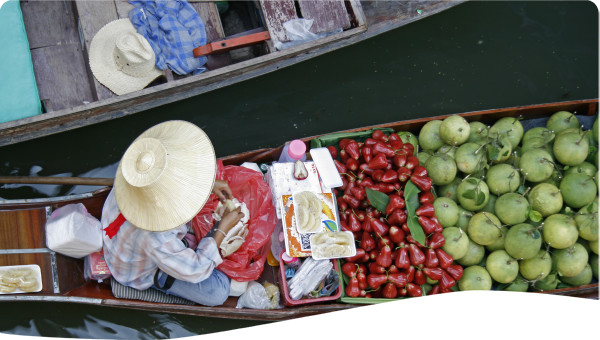The “polluter pays principle” (PPP or principle) requires the polluter to bear the expense of preventing, controlling, and cleaning up pollution. Its main goals are cost allocation and cost internalization. In 1972, the Organisation for Economic Co-operation and Development (OECD) articulated the principle explicitly and in 1989 indicated that it should be applied to agriculture. Though the principle originated as an economic principle, since 1990 it has been recognized internationally as a legal principle. The principle now plays an important role in national and international environmental policy. The European Community (EC) adopted the principle in the 1987 Single European Act, and it has appeared in international agreements, including the Rio Declaration of 1992. The principle is an explicit part of legislation in some nations; in others, it is an implicit subtext for both environmental regulation and liability for pollution.
The nature of agricultural production makes the principle difficult to apply, and it therefore does not always apply to agriculture. In many nations, environmental laws do not require producers to internalize all pollution costs, and environmental subsidies to agriculture sometimes interfere with allocation of those costs. Recently, however, nations have recognized serious air and water emissions from agriculture, and some have enacted stricter environmental regulation. In the United States, for example, the government has implemented new rules for large livestock facilities, and in Europe the EC has enacted the Nitrates Directive. Thus, consideration of the polluter pays principle and agriculture is timely, important, and widely relevant.
Because the OECD and the EC have acknowledged and developed the PPP, this article focuses first on those international organizations. After a review of the OECD development of the principle in Part II and the EC adoption of the PPP as a guiding environmental principle in Part III, the article looks briefly at its application in international agreements in Part IV. Part V considers the various meanings of the PPP, and an analysis of its application to agriculture in OECD documents follows in Part VI. Finally, in Part VII the article briefly reviews the application of the PPP in U.S. agriculture.
 Resource -
Resource -
